Table of content
Cooking wild boar meat can be an exhilarating culinary adventure, offering a rich, earthy flavor that sets it apart from domesticated pork. While wild boar (also known as feral pig or wild swine) might seem intimidating to cook due to its lean texture and strong taste, with the right techniques and ingredients, you can transform this game meat into a mouthwatering dish that will leave your guests asking for seconds. In this guide, we’ll delve into the intricacies of preparing and cooking wild boar meat, ensuring that every bite is a delightful experience.
Understanding Wild Boar Meat
Before diving into the cooking process, it’s crucial to understand the unique characteristics of wild boar meat. Compared to domestic pigs, wild boar is generally leaner, with a firmer texture and a more robust, slightly gamy flavor. This flavor can vary depending on the boar’s diet, age, and environment. Younger boars tend to have more tender meat with a lighter taste, while older animals can be tougher and more flavorful.
Preparation: The Foundation of Success
Proper Handling and Storage
Freshness is key when dealing with wild boar meat. If you’ve hunted your own boar, ensure prompt field dressing to prevent spoilage. Once home, wrap the meat tightly in plastic wrap or vacuum-seal it and store it in the coldest part of your refrigerator or a freezer until ready to use.
Trimming and Aging
Trim excess fat and silver skin, as wild boar fat can have a stronger taste. Aging the meat for a few days in a refrigerator can enhance its tenderness and flavor by allowing natural enzymes to break down proteins.
Cooking Techniques: Bringing Out the Best
Slow Cooking
Slow cooking is a fantastic method for wild boar, especially if the meat is from an older animal. Techniques like braising, stewing, or slow roasting allow the meat to tenderize and absorb flavors from the cooking liquid.
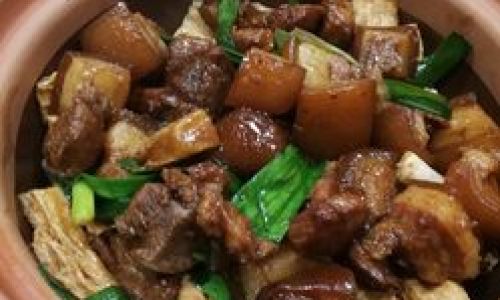
-
Braising: Start by seasoning the meat generously with salt, pepper, and your choice of herbs (like rosemary, thyme, or garlic). Sear the meat in a hot oven or on the stovetop until browned on all sides to lock in juices and add depth of flavor. Transfer the meat to a heavy-bottomed pot or Dutch oven, add chopped vegetables (carrots, onions, celery), aromatics (bay leaves, whole garlic cloves), and enough liquid (beer, broth, or wine) to cover about halfway. Cover and cook in a preheated oven at around 325°F (163°C) for several hours, until the meat is fork-tender.
-
Stewing: Cut the meat into smaller, bite-sized pieces for stewing. Follow a similar searing and braising process, but use less liquid and cook until the meat and vegetables are tender and the sauce has thickened.
Grilling and Smoking
For a more rustic, smoky flavor, grilling or smoking wild boar can be a delightful option. Marinating the meat beforehand helps to tenderize it and add layers of flavor.
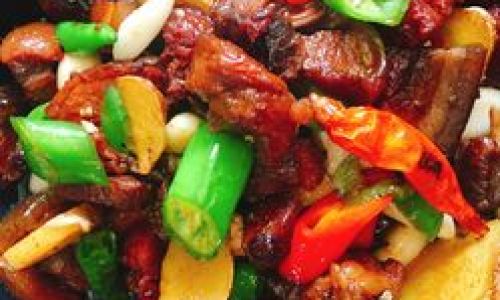
-
Marinating: Use a marinade with acidic components like vinegar, lemon juice, or wine, combined with oil, herbs, and spices. Marinate for at least 6 hours, preferably overnight, in the refrigerator.
-
Grilling: Preheat your grill to medium-high heat. Remove the meat from the marinade, allowing excess to drip off, and grill, turning occasionally, until evenly browned and cooked to your desired doneness. Remember, wild boar can be quite lean, so watch for flare-ups and consider using indirect grilling methods to prevent overcooking.
-
Smoking: Prepare a smoker with your preferred wood chips (hickory, oak, or applewood work well). Season the meat as desired, then place it on the smoker grate. Maintain a temperature between 200-250°F (93-121°C) and smoke for several hours, until the meat reaches an internal temperature of 145°F (63°C) for medium doneness. Let the meat rest, covered, for at least 20 minutes before slicing to ensure juices are retained.
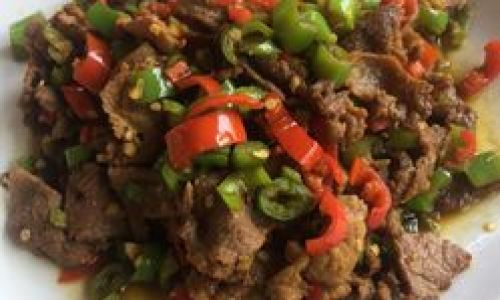
Sous-Vide Cooking
For precision and consistent results, sous-vide cooking is an excellent choice. Vacuum-seal seasoned wild boar pieces with aromatic vegetables and a splash of liquid, then cook in a water bath at a precise temperature for an extended period. This method ensures even cooking and maximum tenderness.
-
Seasoning: Use salt, pepper, garlic powder, and any other desired spices.
-
Cooking: Set your sous-vide machine to around 135°F (57°C) for medium-rare to 145°F (63°C) for medium. Cook for 12-24 hours, depending on the size and desired doneness. Finish with a quick sear in a hot pan for a beautiful crust.
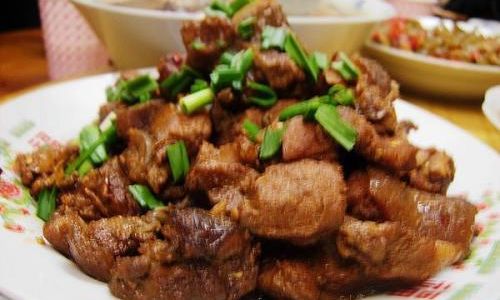
Finishing Touches: Elevating Your Dish
Once the wild boar meat is cooked to perfection, don’t overlook the finishing touches that can elevate your dish from good to great.
-
Sauces: Make a rich gravy from the braising liquid, or create a tangy mustard sauce, a creamy mushroom gravy, or a spicy chipotle glaze to complement the meat.
-
Sides: Pair your wild boar with robust sides like roasted potatoes, garlic mashed potatoes, or hearty grains like wild rice or farro. Vegetables like roasted Brussels sprouts, carrots, or sautéed mushrooms also make excellent companions.
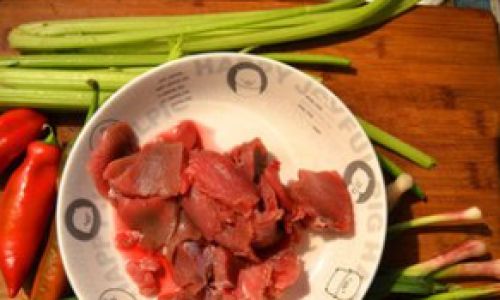
-
Garnishes: Fresh herbs like parsley, rosemary, or thyme can add a burst of freshness. A drizzle of balsamic glaze, a sprinkle of finishing salt, or a squeeze of lemon juice can also enhance the dish’s flavor profile.
Conclusion
Cooking wild boar meat may require a bit more attention and patience than preparing domesticated pork, but the rewards are well worth it. By understanding the meat’s characteristics, choosing the right cooking method, and adding thoughtful preparations and finishing touches, you can transform wild boar into a culinary masterpiece that will impress even the most discerning palate. Whether you prefer the rich, slow-cooked comfort of a braised dish, the smoky, savory flavors of grilled or smoked meat, or the precision of sous-vide cooking, there’s a technique to suit your taste and culinary style. Happy cooking!
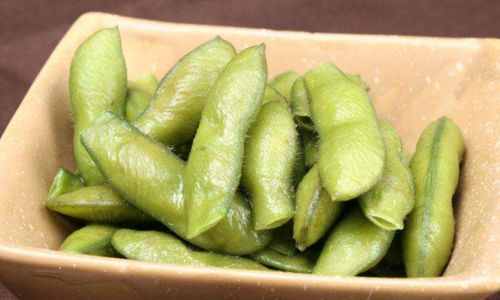
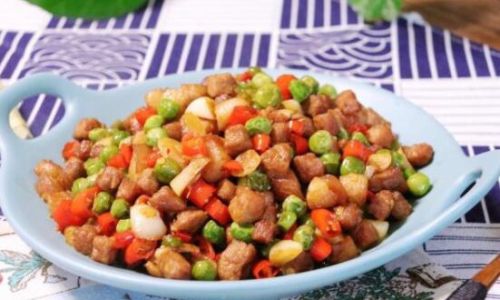
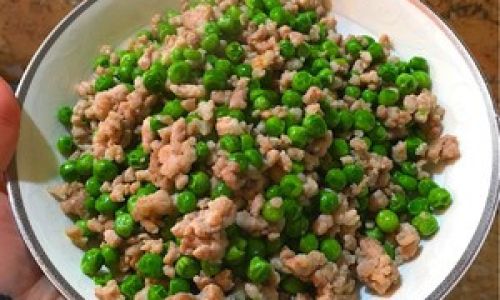
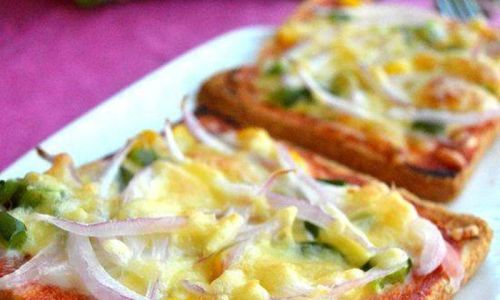


0 comments